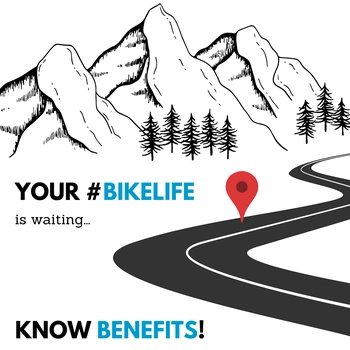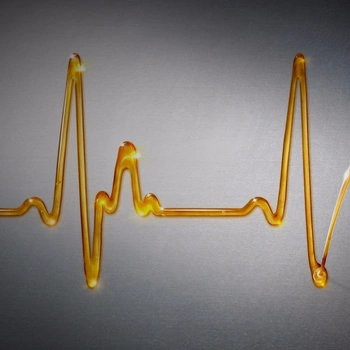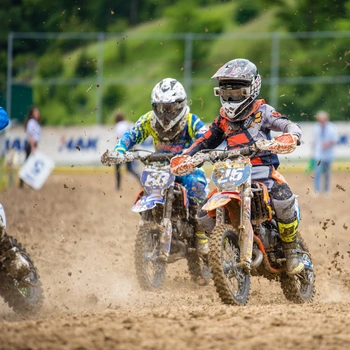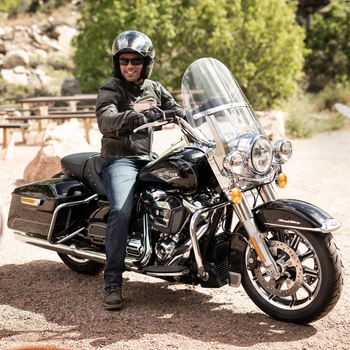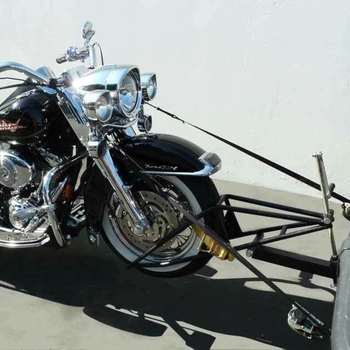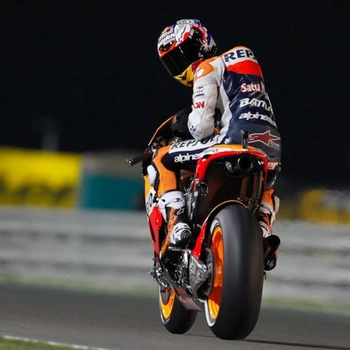
A majority of motorcyclists use first gear to start a bike, second to climb hills, fourth to overtake. No one actually cares about what the third gear does. Shifting gears can sometimes be pretty challenging. Often riders face motorcycle gear shifting problems such as gears not engaging, motorcycle stuck between gears, motorcycle hard to shift into first or second gear, bad motorcycle transmission or gearbox problems. Any such issue needs to be addressed on time for the smoother gear shift and your motorcycle’s better performance.
Table Of Content:
Why are motorcycle gears necessary?
Motorcycles and cars use internal combustion engines. These engines produce sufficient torque for only a small range of speed (Force required to rotate a body).
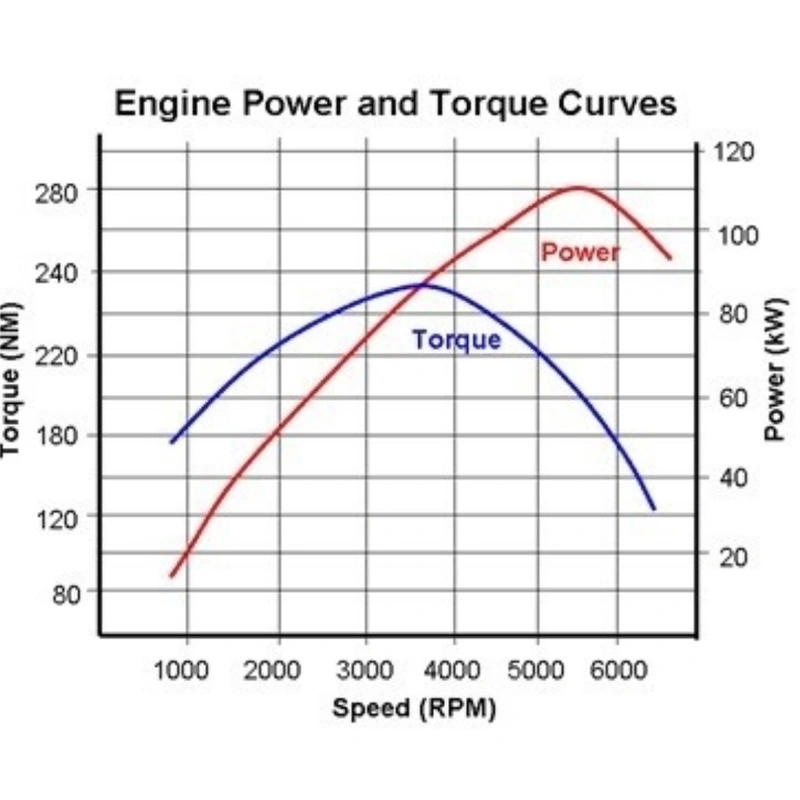
From the above graph, we can see that the engine’s torque is high for a particular speed range. If the torque falls below a specific range, the engine will stop as it won’t be able to overcome the torque produced from the load acting on the wheels.
When the engine rotates at high speed, the torque is significantly less, which cannot turn the wheels. On the other hand, when the speed is low, the torque is more. Hence, at slow speed, the engine can easily rotate the wheels.
To start a motorcycle, we need to give maximum torque for which the engine requires running at low speed. A very low speed will switch off the engine. Here comes the need for gears or gearbox.
Gear Shifting Mechanism
Most of the motorcycles in the market have manual shifting, which means you have to change the gears manually. There are three main motorcycle parts involved in gear shifting, the clutch lever, the throttle and the gear shift lever. The clutch lever is located on the left handlebar.
The clutch lever’s work is to engage and disengage the engine’s power to the rear wheel. The gear shift lever is in the front of the motorcycle’s left footpeg. The mechanism of throttle working is discussed in the later part. In clutchless shifting, a quickshifter eliminates the need for a clutch or throttle to change the gears.
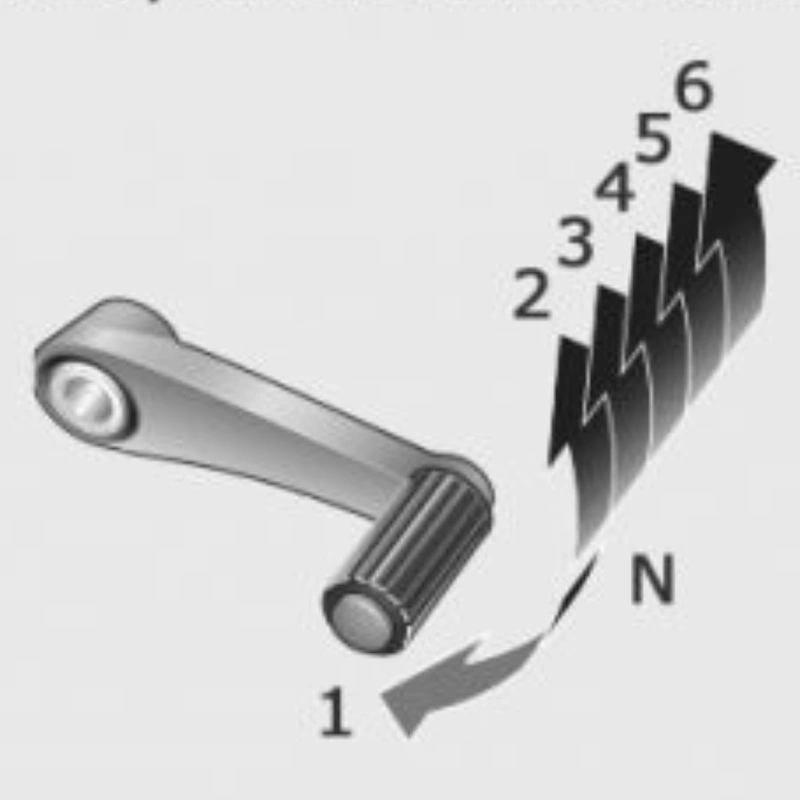
Riders use their left foot to shift or change gears. The lowest gear is the first gear which is at the very bottom. In a 6-speed bike, the gear pattern is 1, N, 2, 3, 4, 5, 6. Each foot click is equal to one gear shift. In some MotoGP bikes, the gear positioning is opposite, i.e., you shift up for first gear and down to reach second to sixth gear.
How to shift gears on a motorcycle/ Shifting Sequence
Before directly going on the proper way to shift motorcycle gears, let’s have a basic understanding of how a typical motorcycle gearbox or Transmission works. Below is the diagram of a motorcycle transmission.
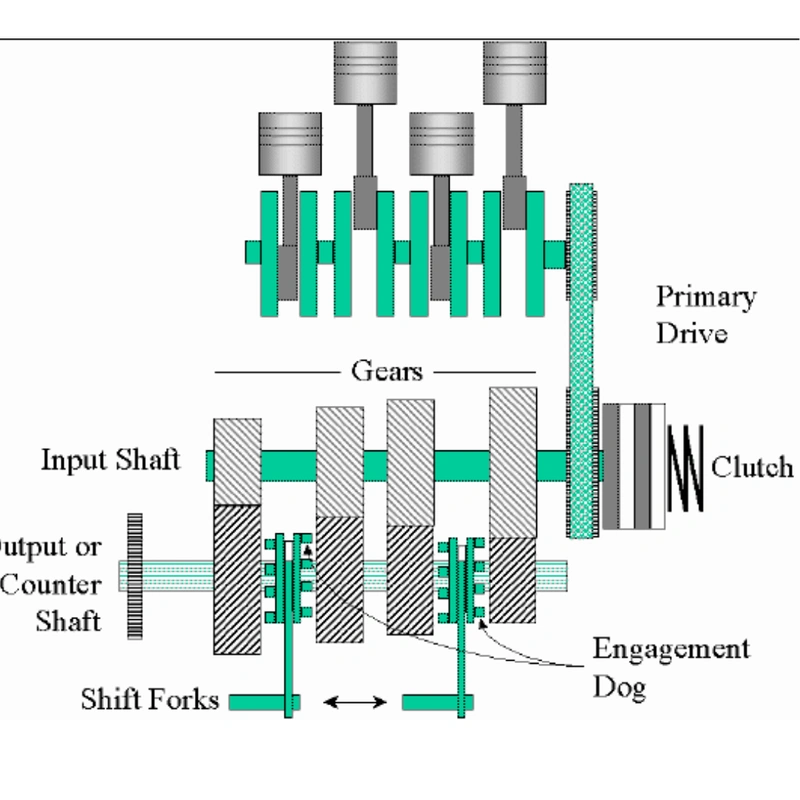
In the gearbox, the gears are in constant engagement with the drive gear coupled to the engine and driven gear to the motorcycle’s rear wheel. These are arranged on shafts with the driven gear on the output or countershaft and the drive gear on the main shaft.
Steps involved in smooth gear shifting
Start the motorcycle after squeezing the clutch lever. Ensure the gears are in neutral, which is indicated by the green light on your motorcycle’s meter.
Shifting into first gear: With the throttle closed and the clutch lever pulled in, push the gear shifter downwards to move into first gear.
Slowly roll on the throttle with a gentle release of the clutch lever until the motorcycle starts. Here, gradually increase the throttle and release the clutch lever completely.
UpShifting into higher gears: release the resistance from the throttle as you squeeze the clutch. Place your left foot under the gear lever and shift it up. One bump or shift gear engage means moving into second gear, another to third and so on. Release the clutch lever slowly and gently pull back on the throttle
Downshifting into lower gears: close the throttle and squeeze the clutch. Place the foot on the gear level and push down to feel the gear engagement if you are approaching a stop. With the throttle closed and clutch pulled in, continuously press and release the gear shifter until you are in the first gear.
When to shift gears on a motorcycle at what rpm?
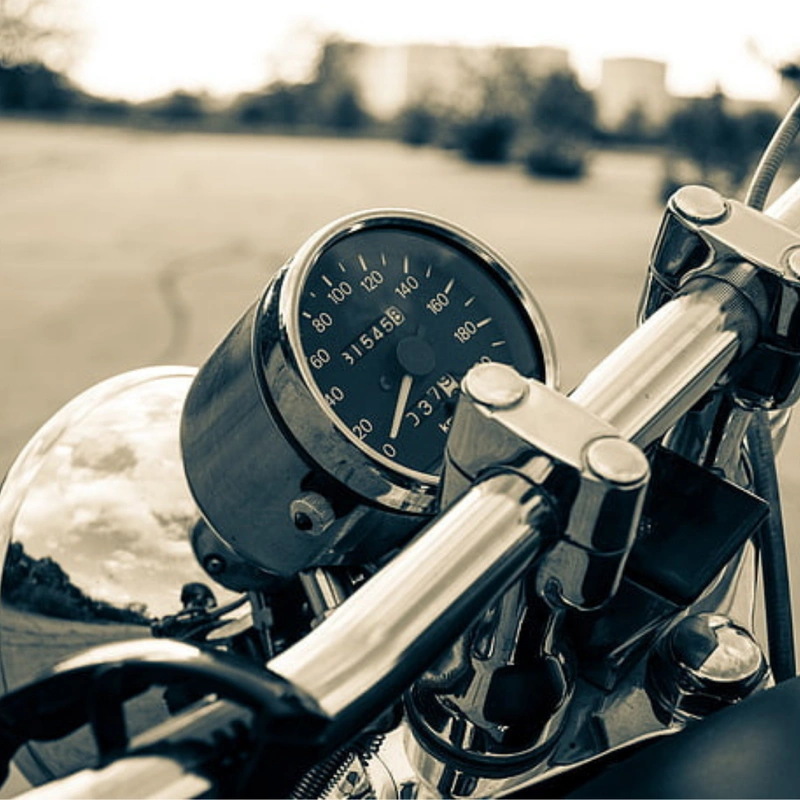
When accelerating at a lower gear, the motorcycle finally reaches the peak torque. If you do not change the gear and keep on accelerating, the bike will reach the peak revolutions and stop accelerating. To continue the acceleration, you need to shift into the next higher gear.
Riders who have a good hand over their motorbike often use gears for Engine Braking. Here, the rider uses lower gears to bring down the speed of the motorcycle. For example, if you are riding at 90km/hr and shift a gear down, the rpm will climb up, and speed will reduce without the brakes.
Here are few user reviews from bikers that tell us about their gear shifting experiences,
"Change gears early and always use high gear if possible. You can easily go from 1-2-3-5 or 1-2-4 in the case of 4 gears. Lower revolution equals better fuel efficiency, which is not always good for the engine.”
“There is no single answer to the right rpm at which a biker should change gears. All that matters is how fast you are accelerating. For a bike with a redline of 10-12K, Don't go wide open and shift at 4,000 rpm; that’s lugging it, and it will ruin your engine. Also, when riding for leisure, you're not doing any good revving it out. Shift at the right point for the situation.”
Symptoms of bad motorcycle transmission
Poor gear shifting can be due to the way a rider operates the bike. There can be many other reasons for motorcycle gearbox problem, gears not engaging or hard to shift and more.
Gear Shift Mechanism Problem
The reason for experiencing poor gear shifting can be due to a bad shift mechanism. The shift mechanism is basically a drum-shaped device or spring-loaded cam that operates the sliders via shift forks. Corrosion, damage or friction due to wear can cause problems in shifting gears smoothly. The bad mechanism can be felt through the gear shift lever. Riders often adjust the height of the shift pedal, which may affect the external linkage.
Damage to shift forks, sliders, dogs or pockets
Worn or bent shift forks cause corresponding slider-gear cluster binding in one gear and poor dog-gear engagement in the other gear. Wear in the dogs and pockets can cause the slider to jump out of gears in times of compression braking or rapid acceleration.
Wear in pockets or dogs is caused due to worn or bent forks, incorrect shifting or worn shift mechanism. Such parts should be appropriately checked to prevent further damage, and riders should follow the proper gear shifting techniques.
Bad gears and bearings sounds
When the gear wears out, the gear lash or space between teeth’s increases. During initial clutch release or in shifting, there comes the sound of gears clashing.
A bad bearing makes a growling noise during the turning of transmission. These noises are a clear indication that something is wrong with the gears or bearings.
You can easily detect which part is making the problem by just hearing the noise.
During gear transmission with the clutch out - the countershaft bearing is bad.
With Neutral transmission and clutch lever out - the main shaft bearing is bad.
Engine running and noise coming all the time irrespective of clutch position - damaged clutch hub bearing.
Clutch drag when the bike is cold
In winters, when the bike has turned cold, shifting into gears becomes hard. Hard and excessive gear clash causes clutch drag. The issue is with the clutch cable. Readjust the cable and slightly loosen the locking adjustment. Work on the clutch lever while moving the handlebar, first to the right and then left. This loosens the clutch and makes gear shifting smoother.
In winters, leave the bike in neutral for few mins to let the fluids warm up. This helps in smoother gear change.
Chain tension
Motorcycles with chain-driven mechanisms have a primary drive chain running between the clutch hub and engine output sprocket. If the chain is set too tight, there may be noise and loading on the clutch hub bearing. Make sure to set the chain tension setting as per the manufacturer’s manual.

